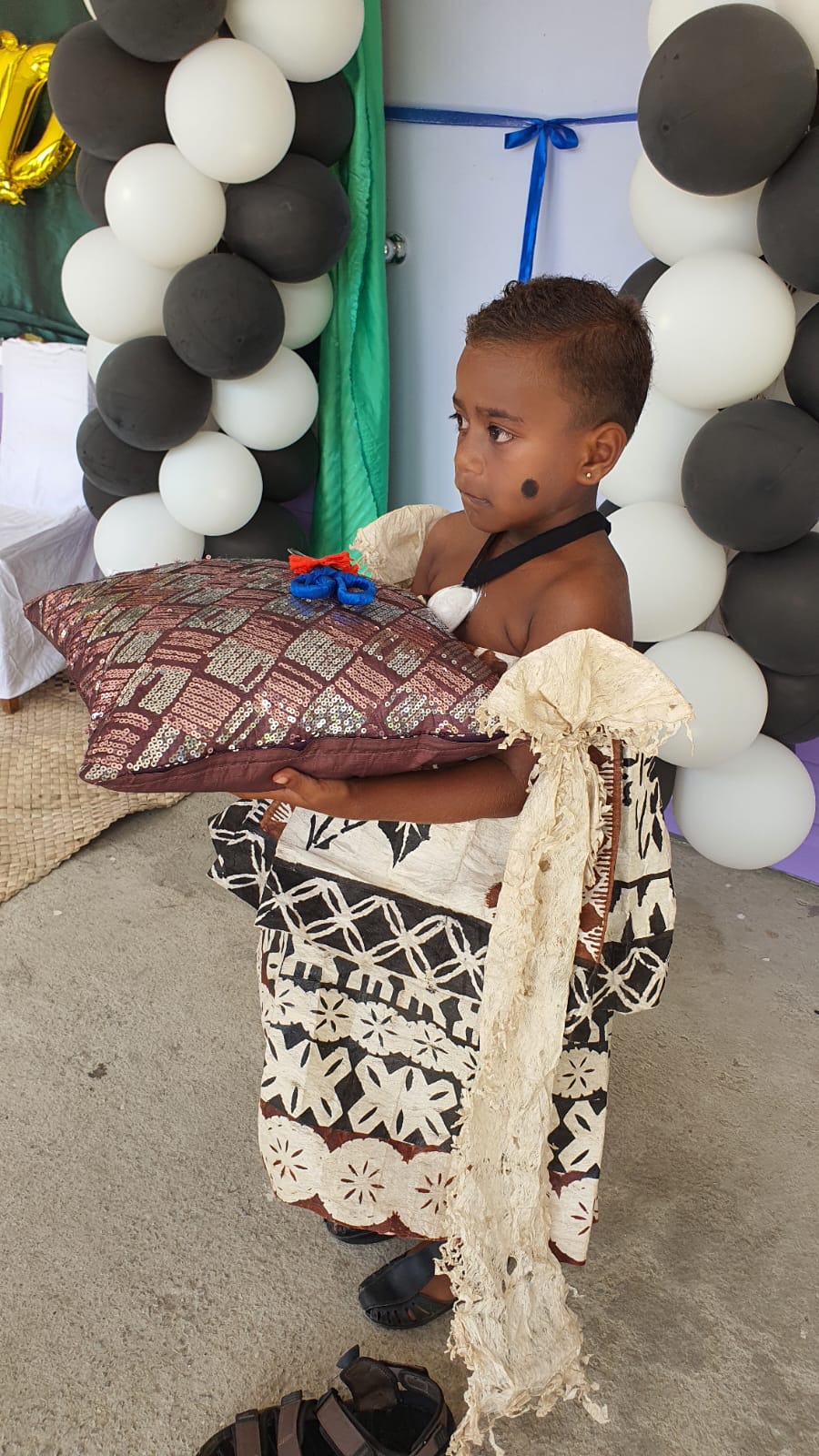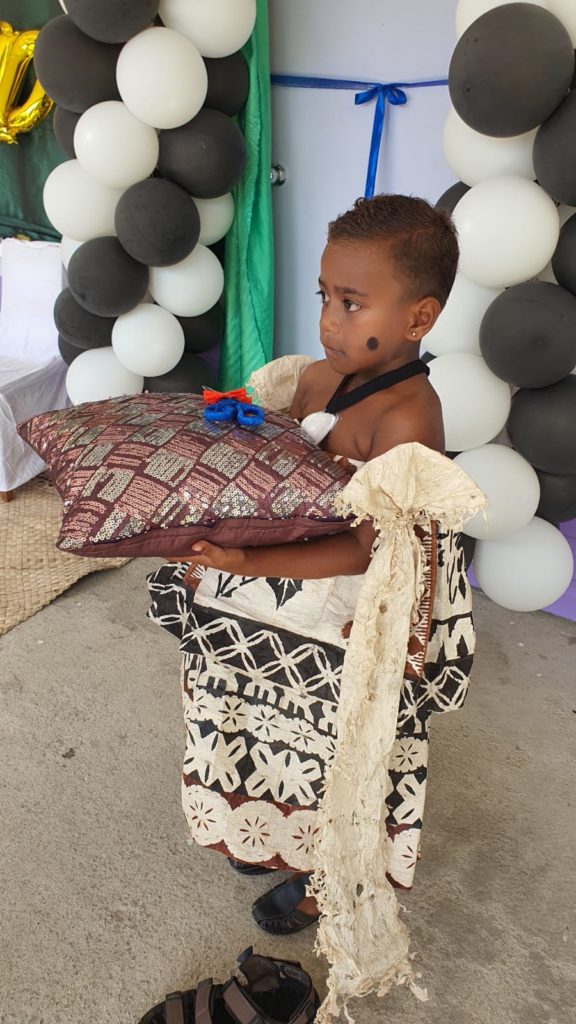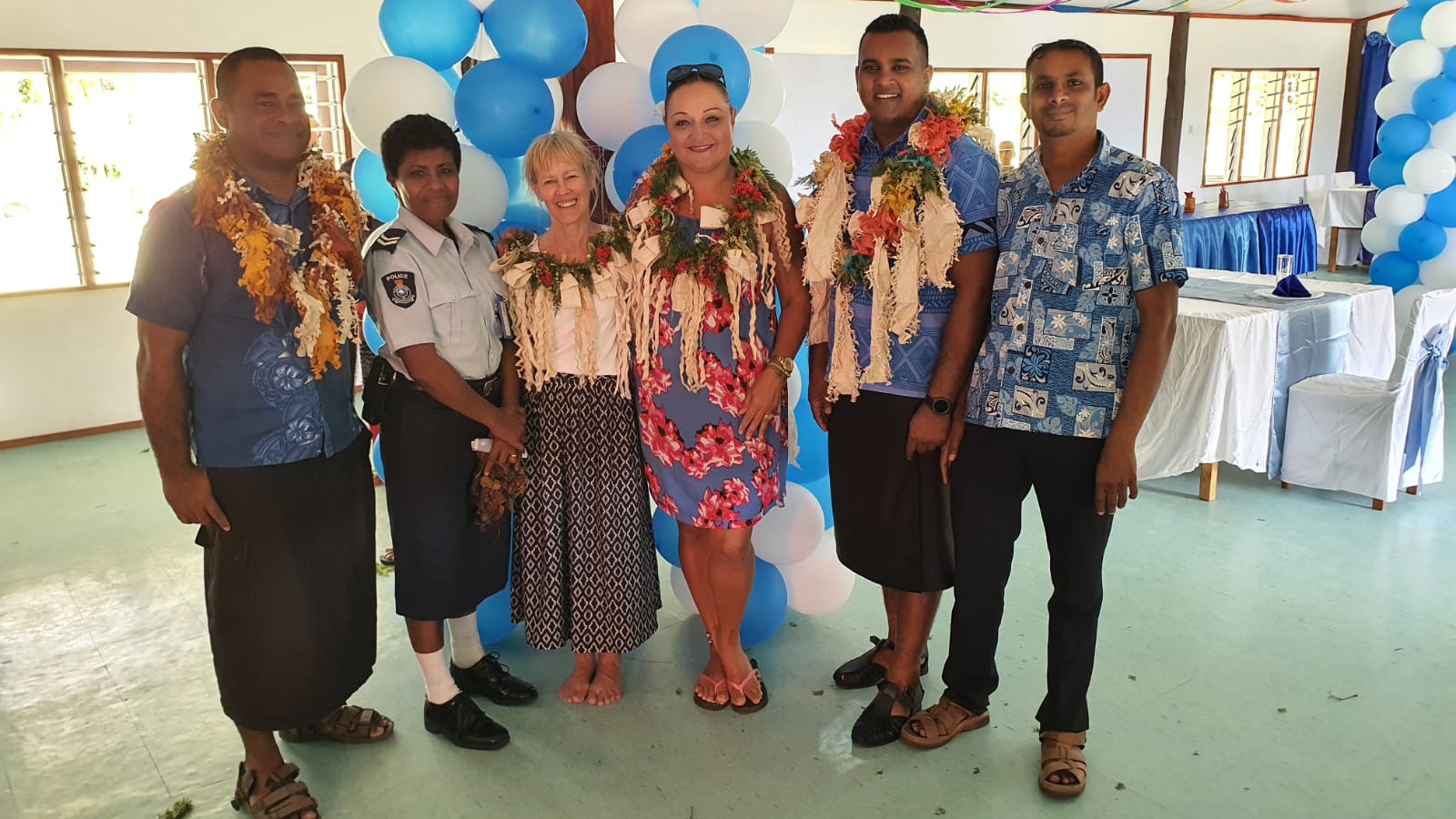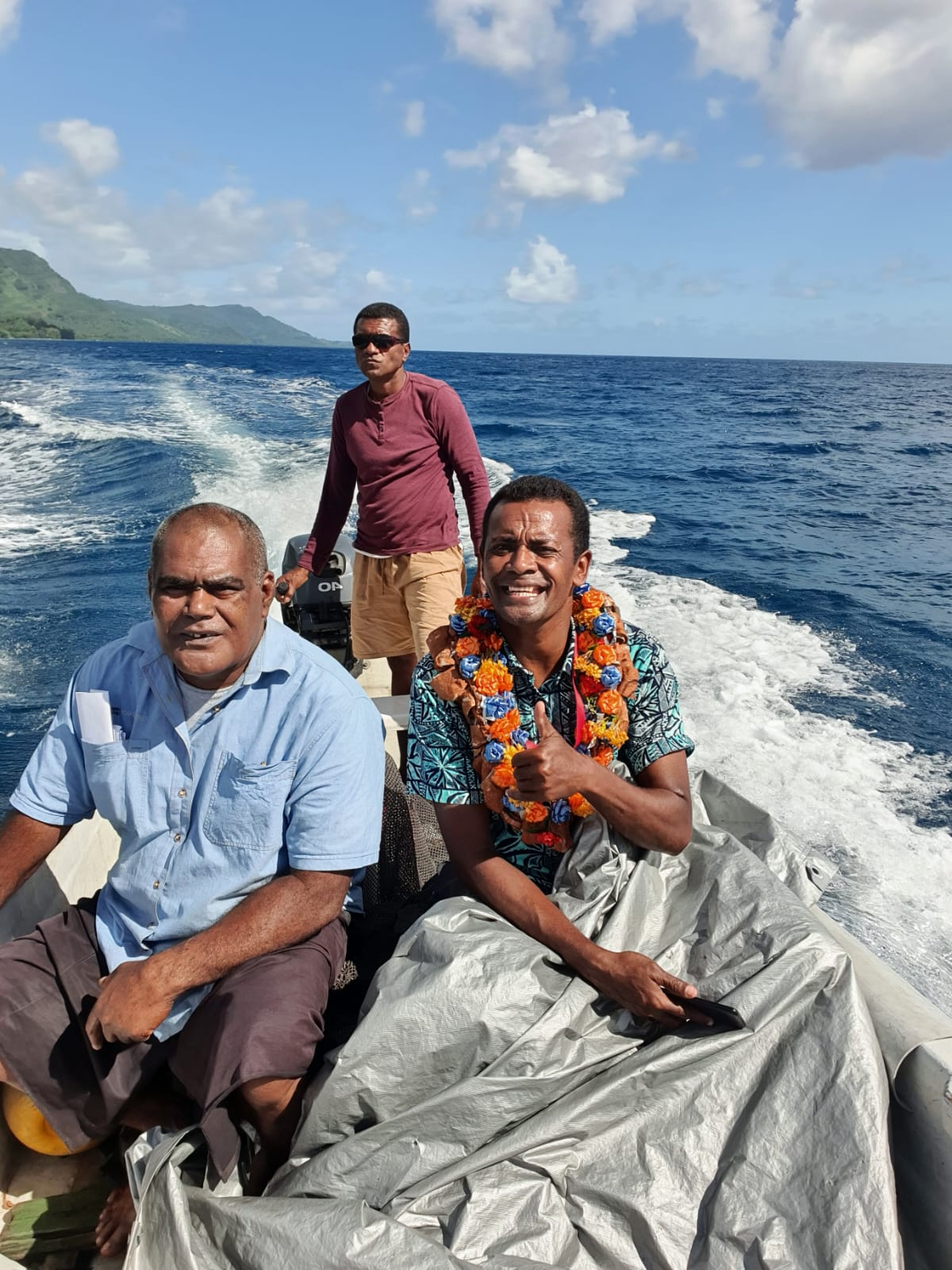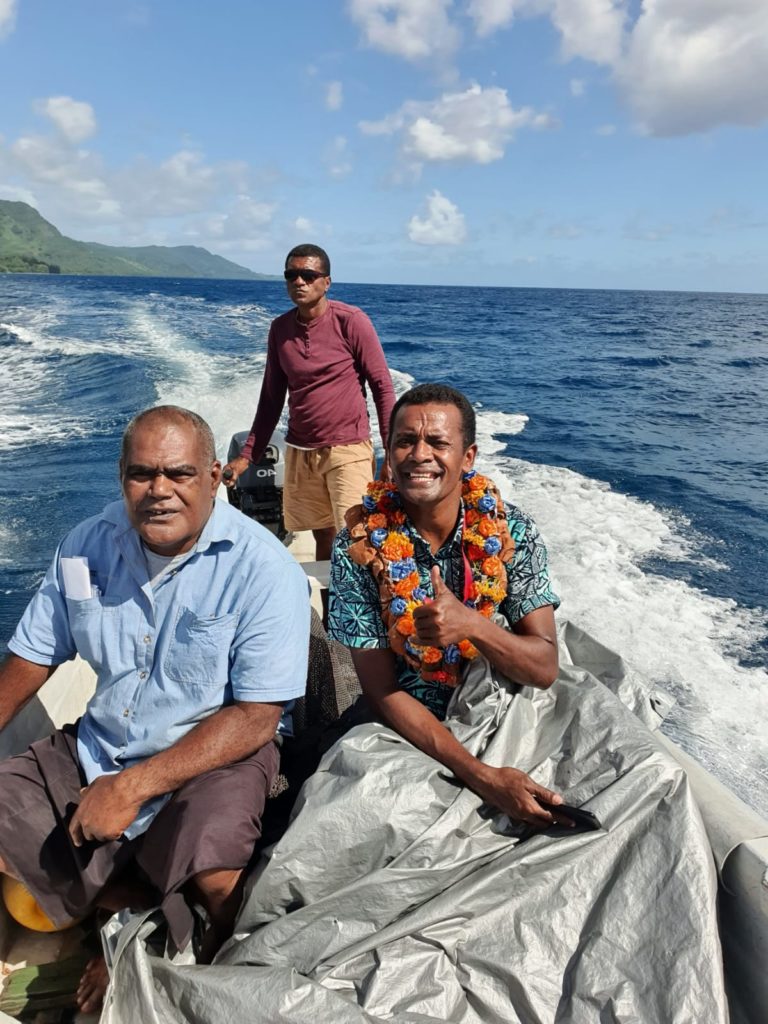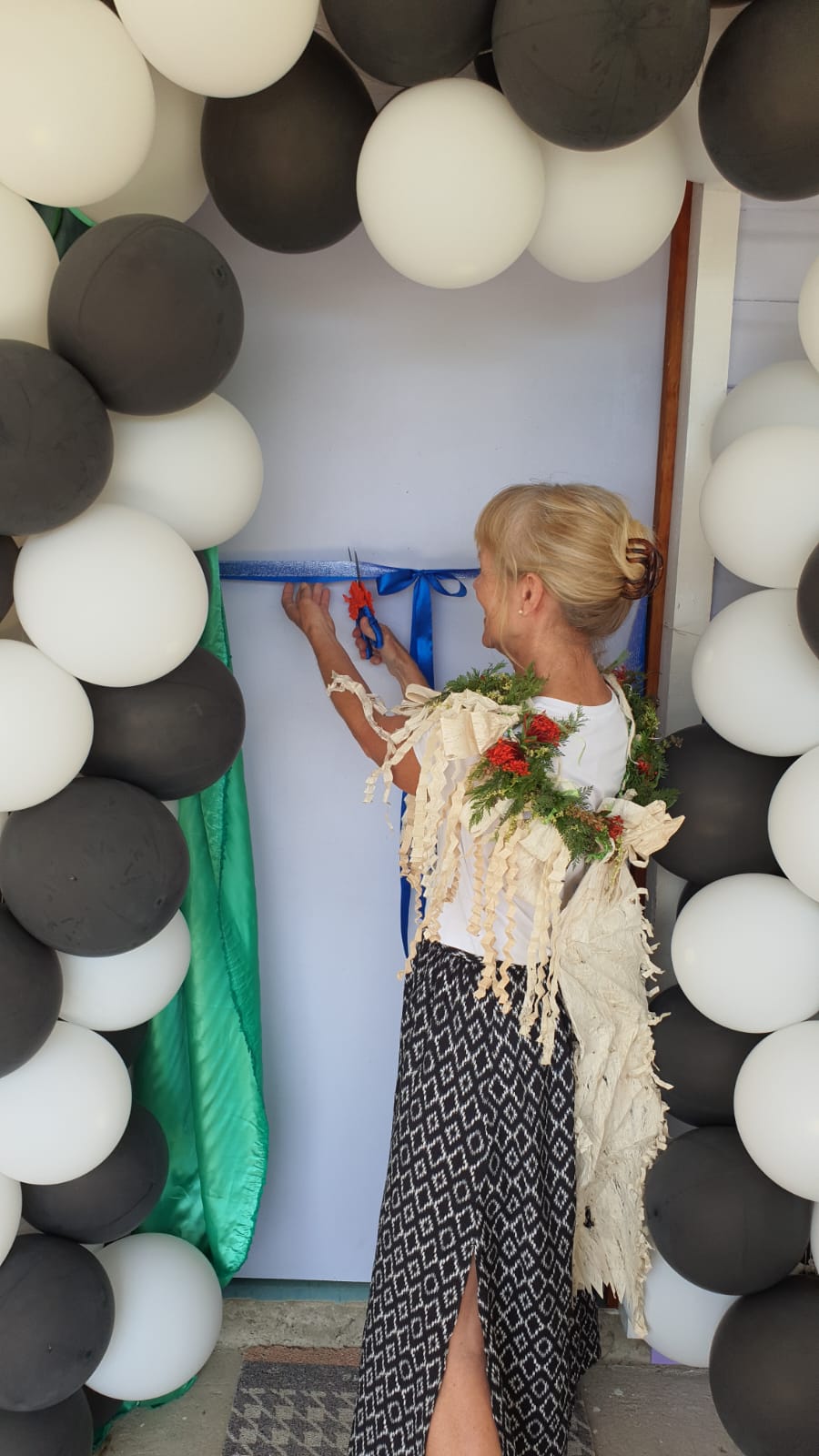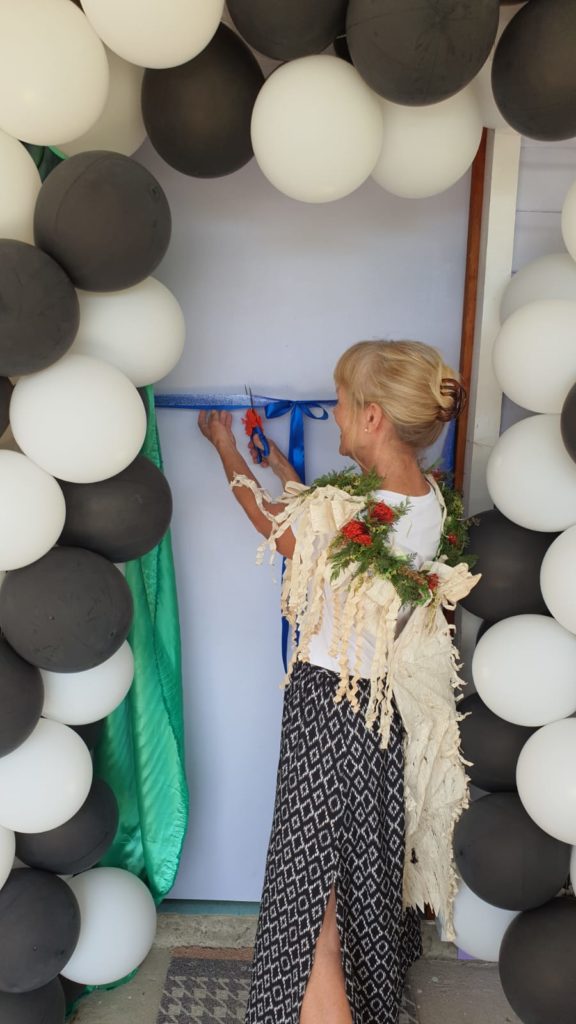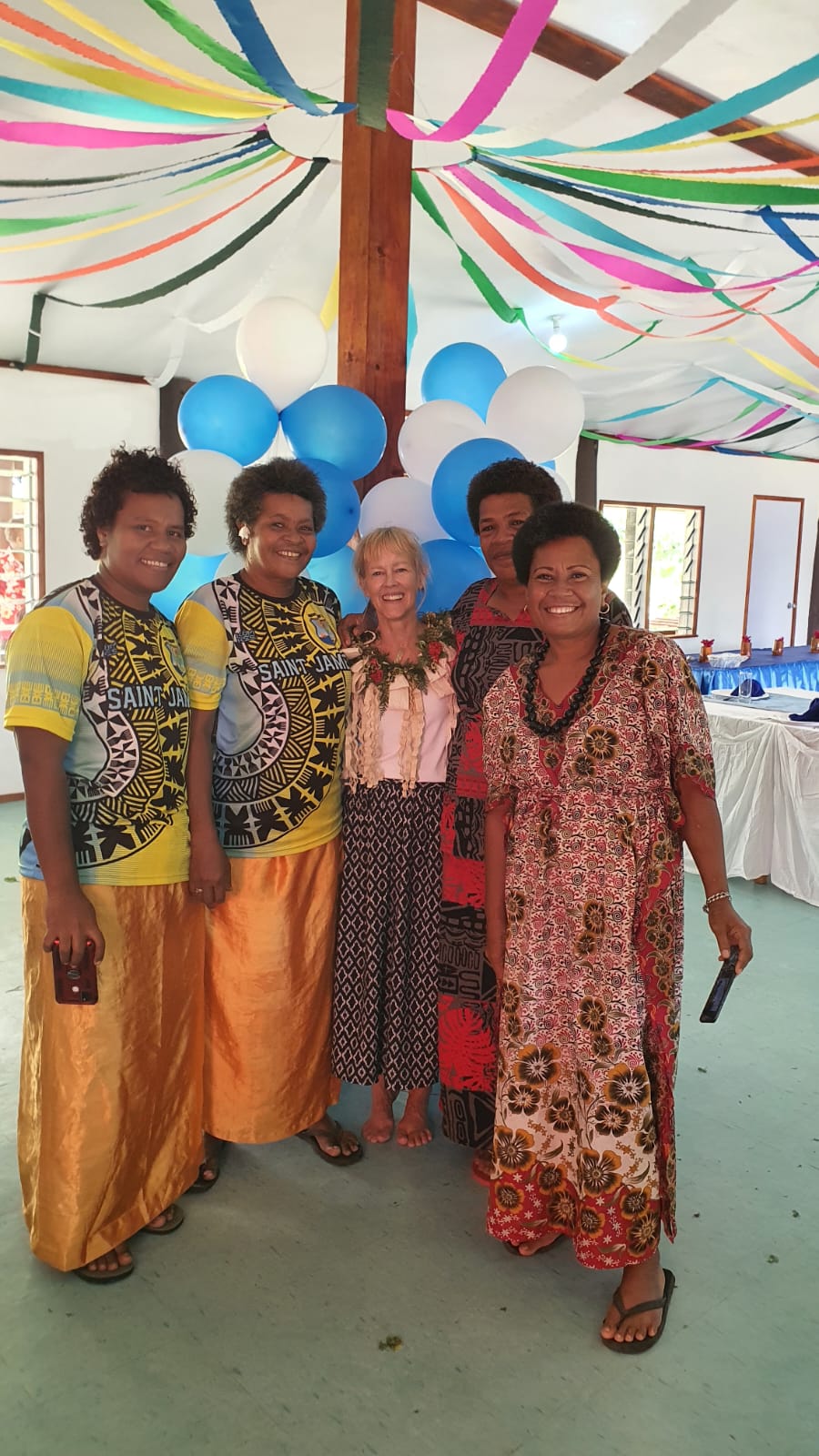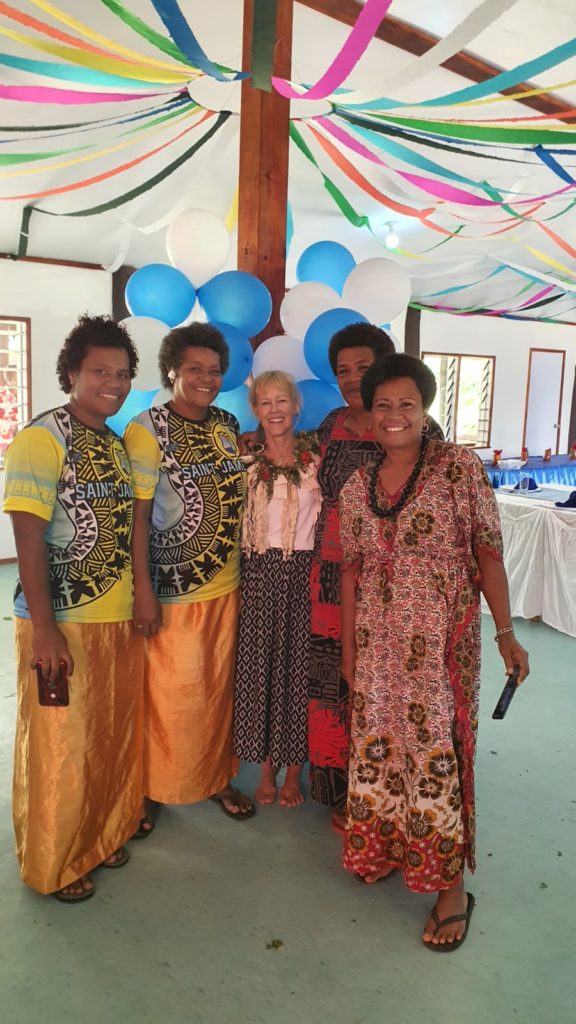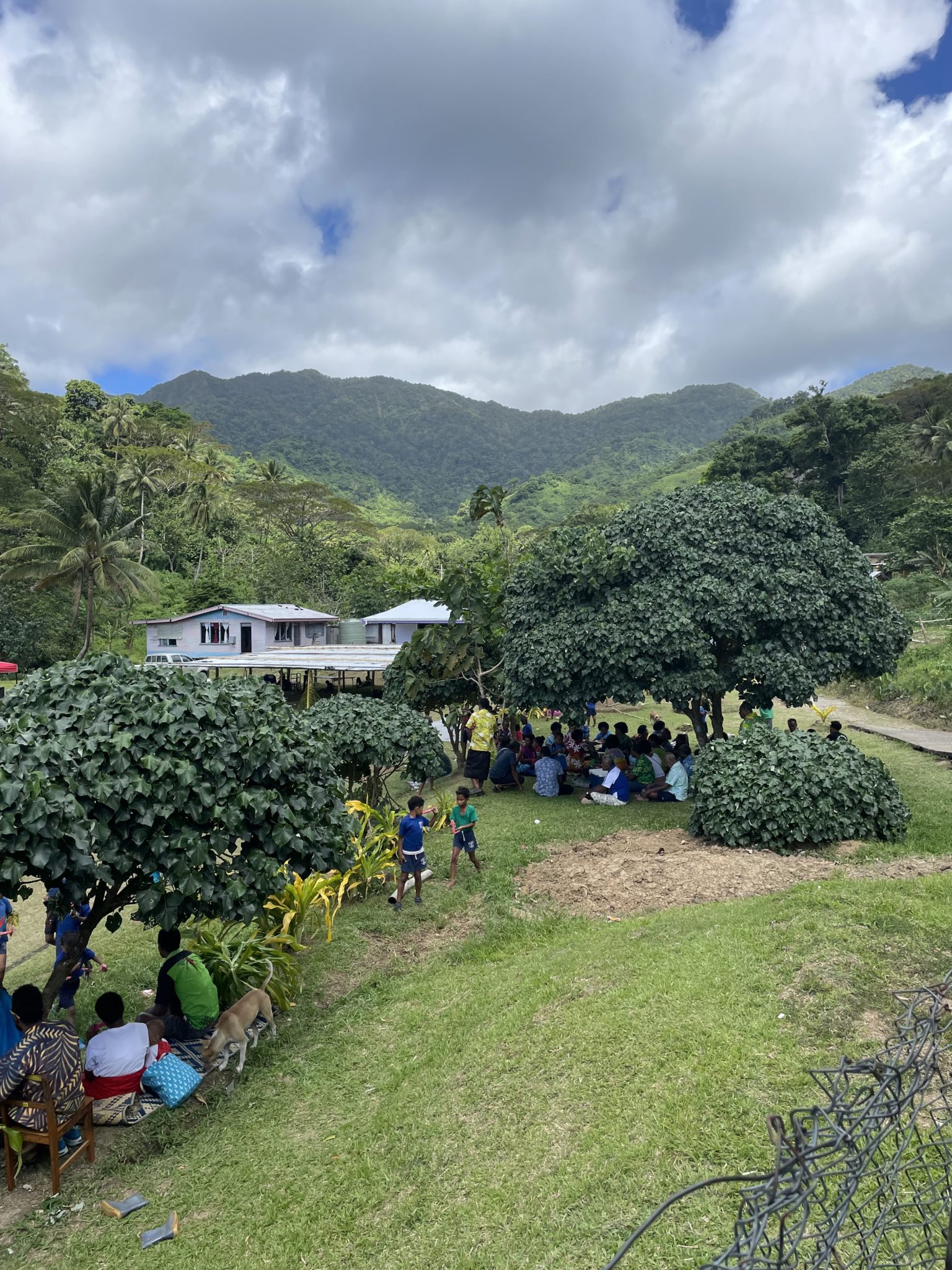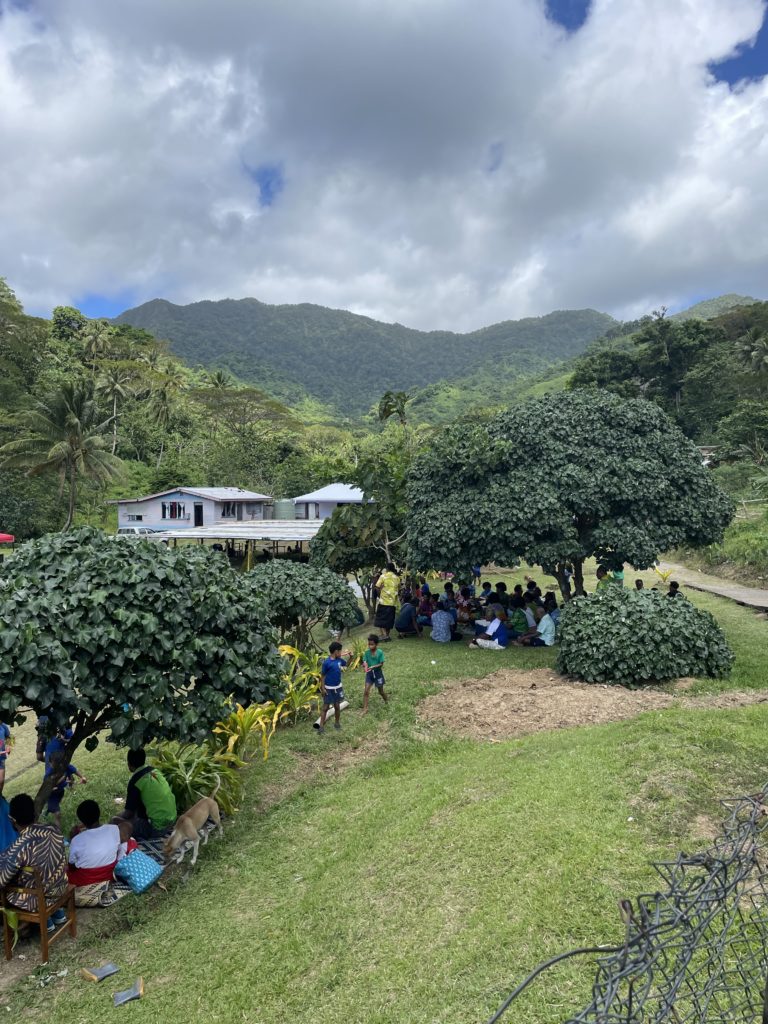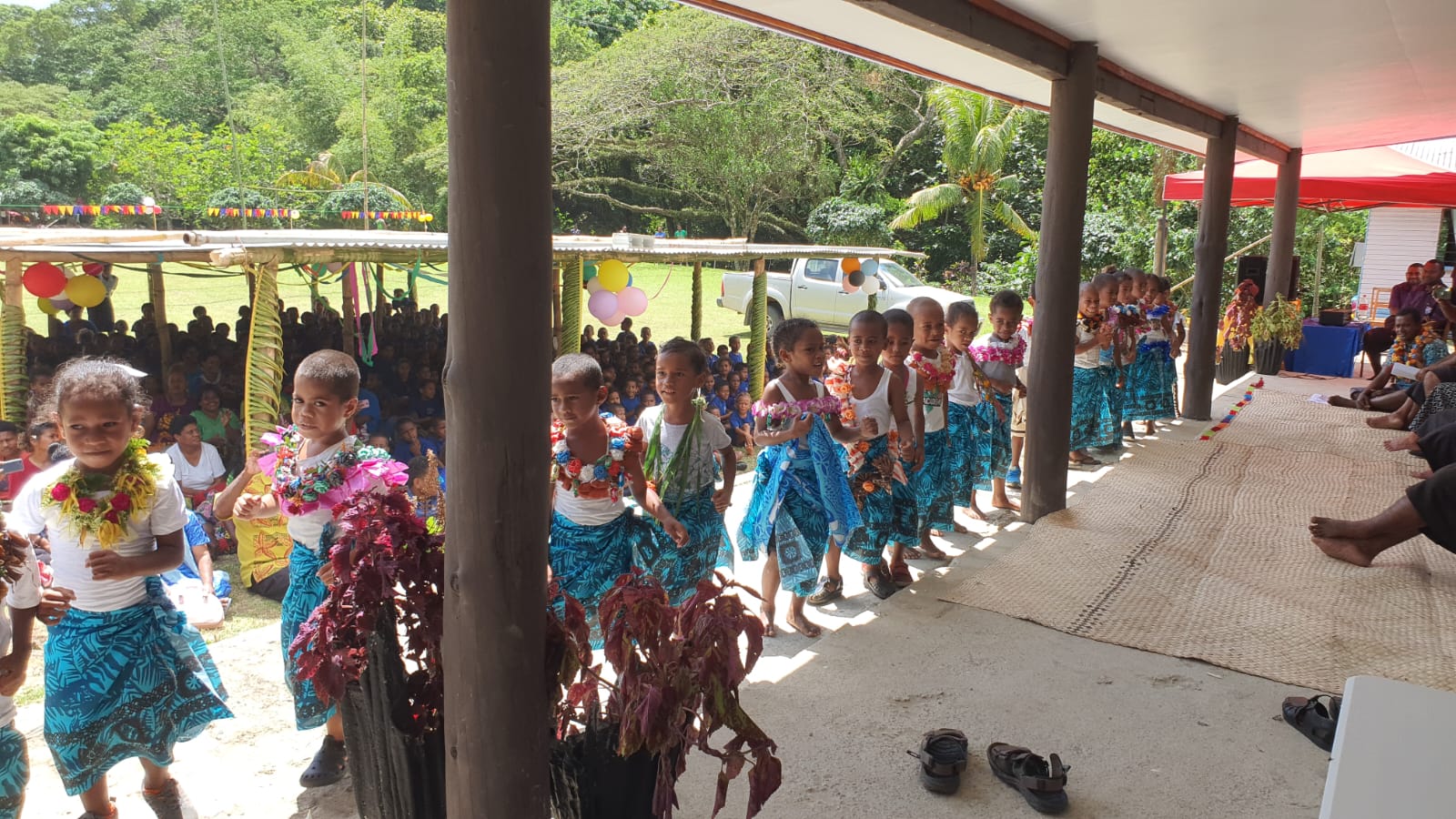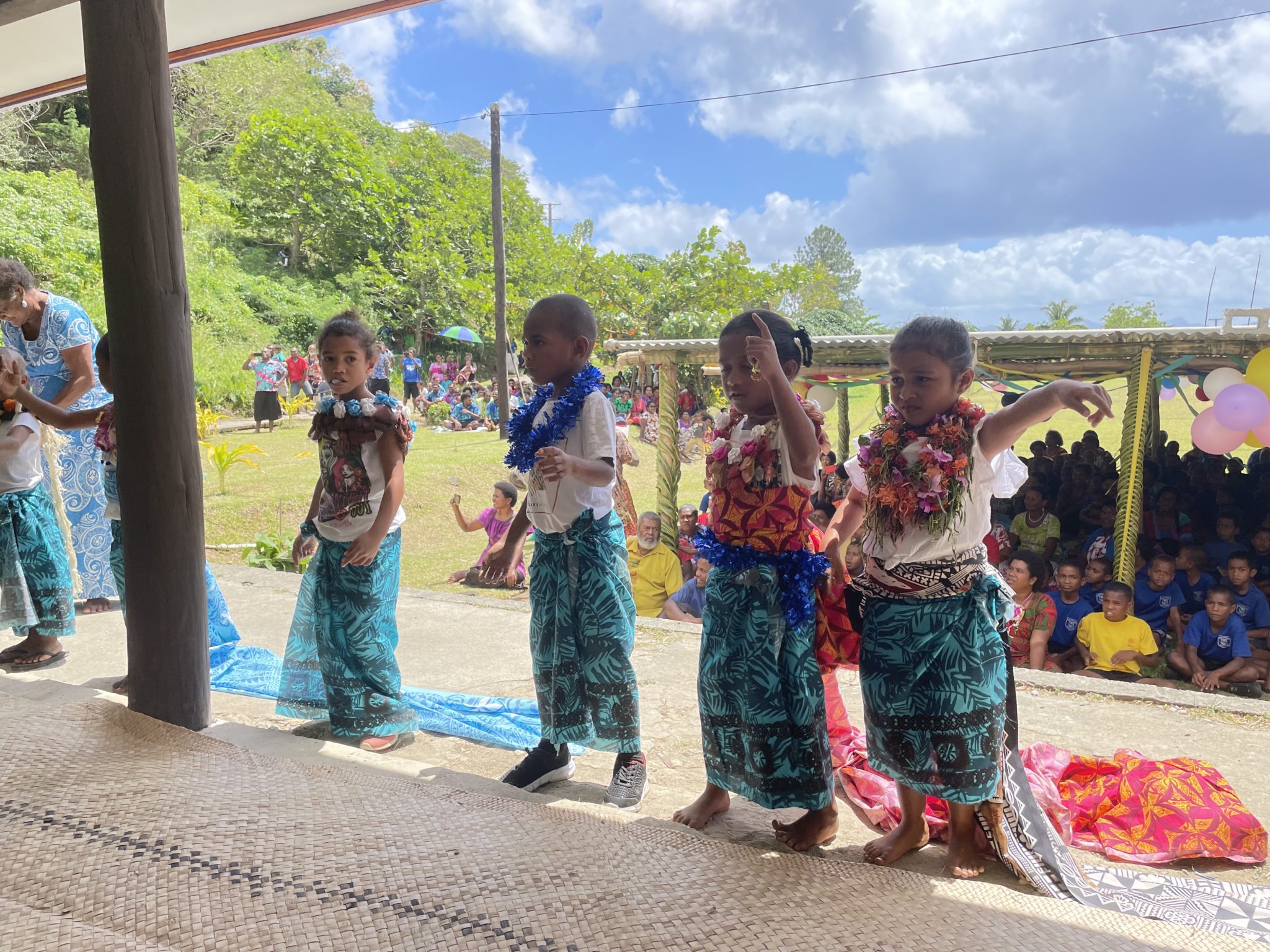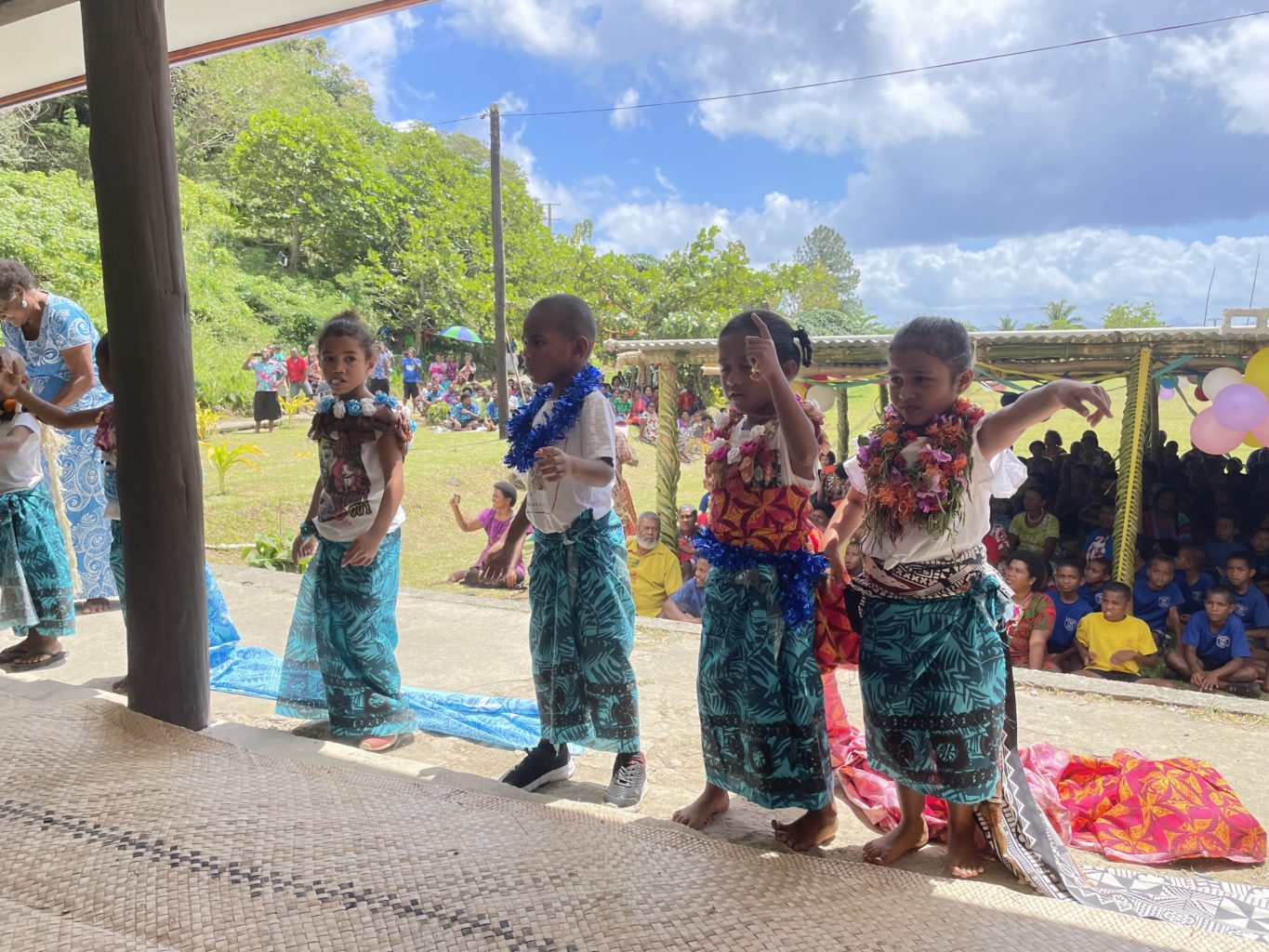Wailevu Village: hope at the end of the road
Wailevu Village is tucked into the lush Natewa-Tunaloa peninsula of Fiji, between a bay full of coral and mountains covered by tropical forest. The village is a bumpy hour-and-a-half drive from the nearest town, Savusavu. It is literally at the end of the road—to get to villages farther north, you need to take a boat.
Isolation, however, has not kept away the effects of climate change. Erosion caused by the rising sea has forced many families to move to higher ground. Increasingly violent cyclones have destroyed houses. The reef has suffered from pollution, storm damage, and seawater warming and acidification.
The people of the village, many of whom are subsistence farmers, approached Seacology because they wanted to formally protect their forest and marine resources.
We were happy to support protection of this area, which is of exceptional importance to conservation. This small peninsula contains 59% of Fiji’s terrestrial bird species, 33% of its native terrestrial mammals, and 35% of its native reptiles. About one-third of these birds, reptiles, amphibians, and trees occur only on Fijian islands; some occur only on the peninsula. Several species are classified as endangered or vulnerable. Villagers often see green and hawksbill turtles, and also encounter olive ridleys, loggerheads, and leatherbacks—all endangered.
The village now protects 2,258 acres of rainforest that contains highly sought-after native hardwood trees, including the dakua, vesi, and more. The new, expansive (937-acre) marine protected area extends from the shore. Around its reefs are giant clams, coral trout, sea cucumber, octopus, and other species.
With a Seacology grant, the community built a community hall that is serving as a kindergarten, community center, and storm evacuation shelter. All of those needs are crucial. Before, 32 five-year-olds were crammed into a makeshift one-room building for kindergarten, and people had no place to shelter when typhoons hit. The building is also used for meetings, women’s livelihood activities, and other functions.
The sturdy building will serve as a kindergarten, community meeting hall, and storm shelter.
Our project protects thousands of acres around Wailevu, both on land and in the sea.
In September, Seacology representatives attended the community center’s festive official opening. Hundreds of people and chiefs from the five villages that send their kids to the kindergarten came to sing, dance, eat, and play field games at the all-day celebration. Fiji’s Ministry of Education also sent representatives.
The head of school, Peri Underwood, spoke movingly about the importance of the newly finished building, including how it may save lives during typhoons. He also described how excited the kindergarteners were to have a nice building!
The conservation results are just as encouraging. After closure of the marine area, people in the village report spotting more octopuses and turtles near shore. The reef looks healthier. As for the forested mountains, which tower above the new community center—well, the community is keeping a close eye on them, too.


